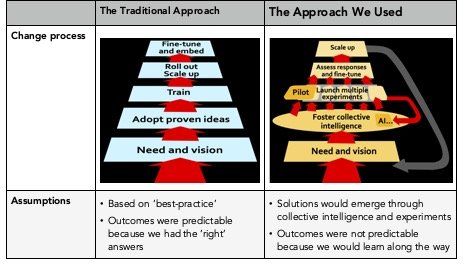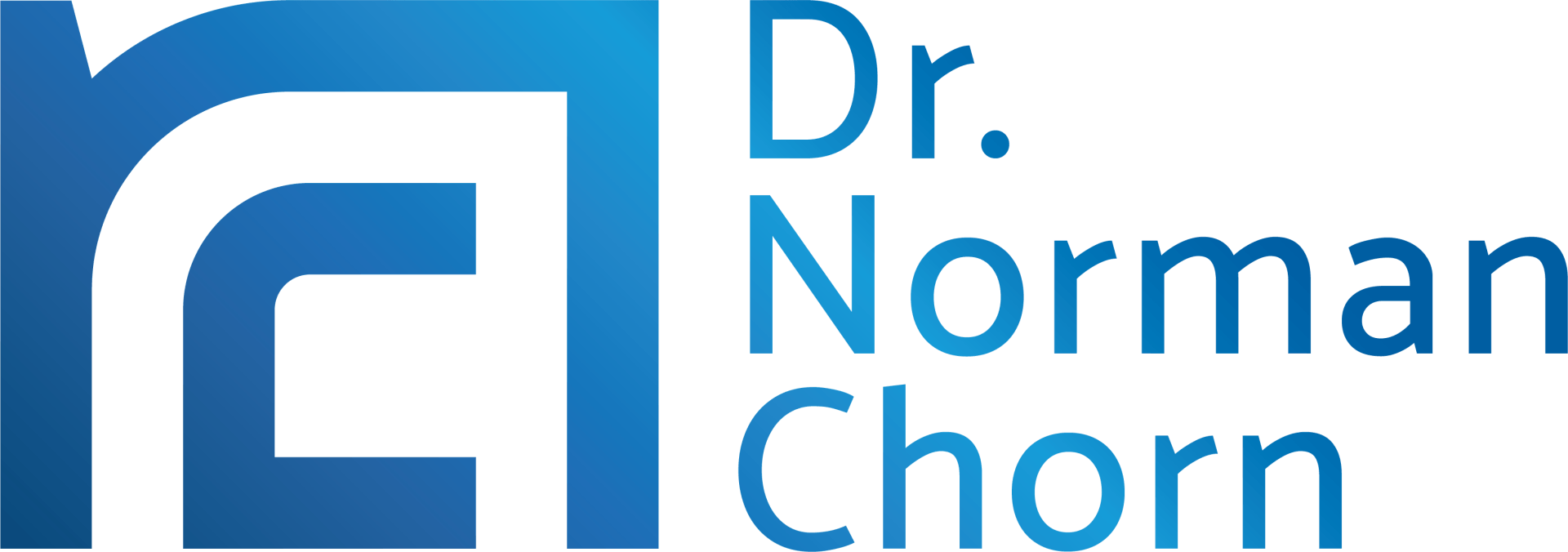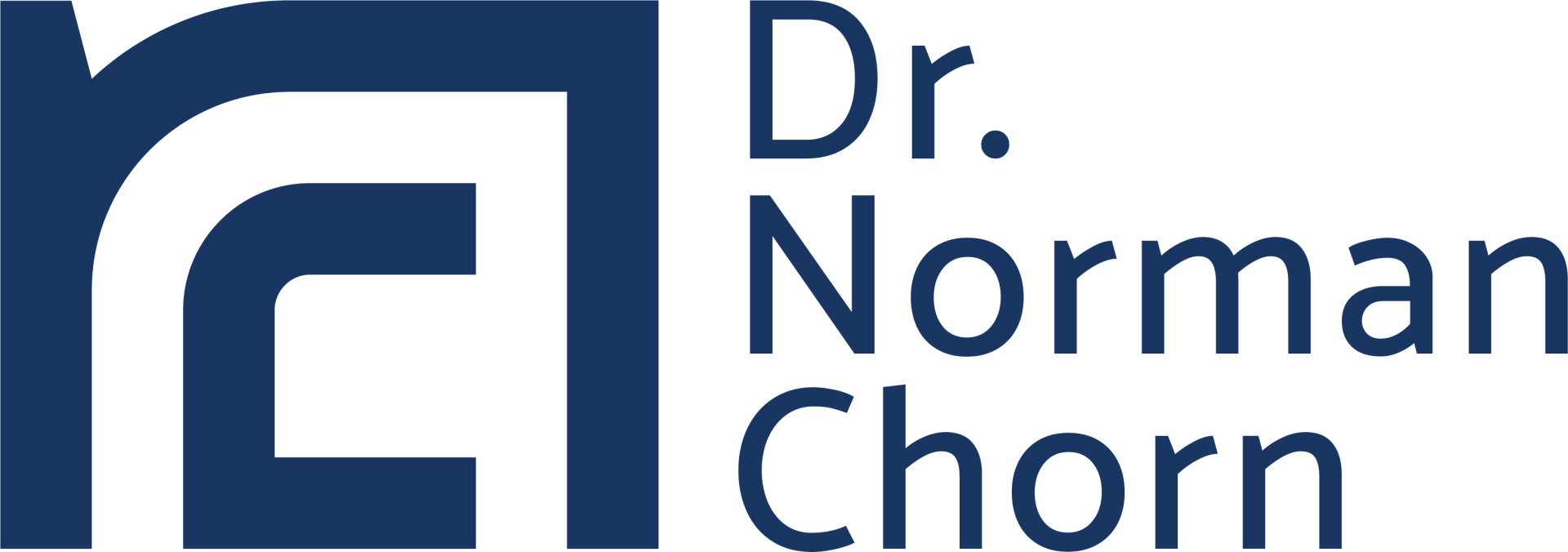Changing The Strategy in an Engineering Business
Our team had a valuable experience working on a change program for an international engineering business during June - October 2021.
The business was engaged in a strategic shift to reduce its reliance on equipment sales into a specialist sector (declining margins) and move towards providing a full service offering that included software and consulting services (potentially higher margins).
Although the shift made strategic and financial sense, there were several barriers to change to overcome, in order to execute the strategy successfully. These included:
- Many of the middle managers and staff had strong backgrounds in the operation and maintenance of this equipment in the highly specialised sector
- The software — used to operate and integrate the equipment into the customers’ businesses — was considered by middle managers and staff to be a low level ancillary product
- The training and education services that assisted customers in the proper use of the equipment was considered ‘low value’ and not thought of as ‘core business’ — and was usually performed without charging a fee.
In summary, there was strong resistance amongst managers and staff to the idea of becoming, what they termed, a ‘service business’, despite the potential financial and longer term strategic advantages.
The Change Process
Given the professional nature of the workforce, it was clear that in order to get commitment for the new strategy, we had to use an approach that engaged people in the development of the new strategy.
While this was likely to take longer — and we were unable to fully control the outcomes, leadership agreed that this was the best approach.
We developed a process that would allow us to benefit from the diverse views held by all staff. This involved a series of workshops (we called them ‘experiments’) to figure out the best way forward.
While this took a little longer, it allowed us to agree with staff on the best program for changing the business. As can be seen from the table below, the program differed quite considerably from the traditional change management approach:

What Did we Learn?
- A change program is essentially a learning process. People began to understand the goals and benefits of the change as they became involved in developing the new strategy and how it should be implemented
- You can’t always predict the outcomes from change programs. A number of elements in the new strategy were quite different to the initial views held by senior management. In some cases, they were significantly better because they incorporated views from people directly involved with the customers
- The ‘best practice’ ideas that originate from other examples may not be the best practice in a different setting. We found that some of the practices that were successful for other organisations simply did not work in this business
- In order to get commitment to the implementation of a new strategy, you need to give people the opportunity of involvement in its design and development.
About the Author
Dr Norman Chorn is a highly experienced business strategist helping organisations and individuals be resilient and adaptive for an uncertain future. Well known to many as the ‘business doctor’!
By integrating the principles of neuroscience with strategy and economics Norman achieves innovative approaches to achieve peak performance within organisations. He specialises in creating strategy for the rapidly changing and uncertain future and can help you and your organisation.
Subscribe to our regular articles, insights and thought leadership




